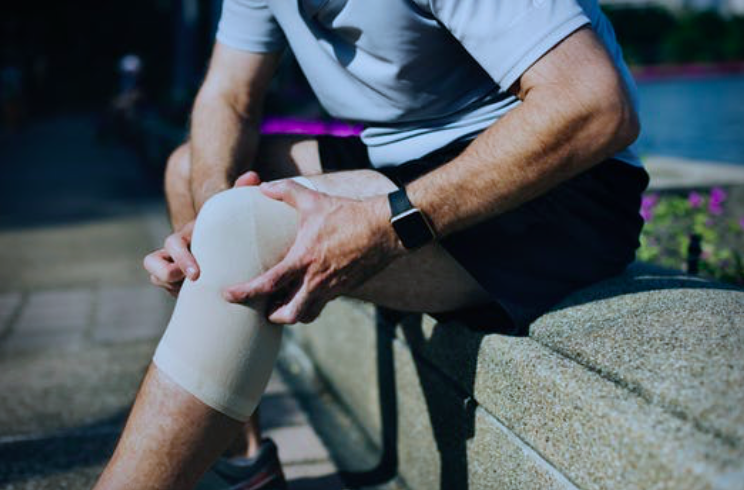News & Tips
Understanding your experience of pain

Research into pain has increased significantly over the past decade. We are gaining a greater understanding of, in particular, longstanding (chronic) pain and what might perpetuate it.
We know that pain is about protecting us, but we are learning that it is not an accurate measure of tissue damage. If our brain registers injury/threat, pain will result in a change in behaviour to protect our tissues (e.g., muscle, joint). This is a very appropriate response when we have acute (immediate) pain, as it allows us to rest while tissues heal. However, sometimes an adequate amount of time has elapsed for healing to take place, but the pain does not reduce.
Why does the pain remain?
Pain scientists have identified a host of factors which might contribute to pain continuing long after the threat of tissue damage has ceased. These include social life, family, stress, and a feeling of anxiety or depression relating to the injury. Other contributors include poor sleep, prolonged opiate (pain killer) use and negative expectations. Sometimes the language around pain promotes negative feelings about recovery; rather than talking about the body being strong and resilient, people may use ‘weak’, ‘broken’, etc. Although pain can cause fear and anxiety, it is not helpful to use labels which suggest it will never pass.
Being fearful can lead to protective strategies such as breath-holding and “gripping” muscles. Rather than loading and strengthening tissues, avoidance can lead to weakness, disuse and further problems. Sitting or standing “stock still” in order to avoid movement, is likely to increase stiffness and over-reliance on certain muscle groups.
What is the answer?
Time and again, the answer to chronic pain comes back to movement and exercise. This, along with continuing to be occupied and maintain a positive outlook, can have a direct effect on understanding your experience of pain.
How do I exercise in the presence of pain?
1) Exercise around the painful part: The experience of grumbly knee pain is common to many – once we have knee pain, we often limp, avoid stairs, and accept a level of inactivity. The knee joint, however loves to be strong and supported by surrounding muscles. Here are a few examples of exercises which allow us to maintain good function around the knee and limb – calf raises, hamstring curls, core exercises, gluteal exercises such as donkey kicks all exercise nearby muscles. Wall squats and straight leg raises exercise quadriceps (thigh) muscles without the repetitive movement which may aggravate a knee joint.
2) Isometric exercises: The last example of exercises are called isometric exercises – they involve muscle activation without joint movement. These allow us to exercise the muscles around any joint in a (usually) pain free way. The shoulder is another very good example of a joint which responds well to these exercises, where the muscles act against resistance without elevating the arm. Once there is better activation of muscles around a joint, exercises involving movement can be started.
3) Keep moving!: Being on the move if you have chronic pain is always preferable to prolonged static positioning. Movement might include walking, cycling or swimming as alternatives to more demanding exercise, until you are ready to progress.
Good Help and Support:
It is important that you feel you can trust your health care professionals to guide you regarding appropriate exercise and movement, and it also helps to have the support of family and friends. It might be that some strategies can be taught with the help of a psychologist, as well as your GP/physician and physio. If you attend a gym or play sport, having the coach/trainer on board is also worthwhile. And for workers with chronic pain, it is helpful to have the support of your employer. There are also pain management courses and specialists to assist which you could consider.
Macquarie Street Physiotherapy has several qualified physiotherapists trained in treating and managing many types of pain including, neck pain, knee pain, shoulder pain and lower back pain. Call us to discuss how we can help you on 02 9221 1604








